Digital silk road: How China is creating a new global data highway
China has a massive blueprint for boosting its economic growth, and part of the project is called the “Digital Silk Road.”
Not to be confused with the online darknet marketplace, China’s “Digital Silk Road” refers to a route that lies alongside the country’s big infrastructure push across continents — termed the Belt and Road Initiative (BRI) or the New Silk Road — deeply integrating it with the rest of the world.
Over the past few years, China has poured billions of dollars into developing its digital capabilities in various ways — from fostering homegrown talents like Alibaba and Tencent, to deepening its digital reach with other continents like Europe, ultimately hoping to “generate fresh economic growth, foster effective governance and control, and project global power,” according to a report by Berlin-based Mercator Institute for China Studies (MERICS).
To be clear, “Digital Silk Road” is only one part of China’s grand plan to achieve those three objectives. And it’s a crucial story of the modern wold that involves players like the Chinese Communist Party, Huawei, and the U.S. government.
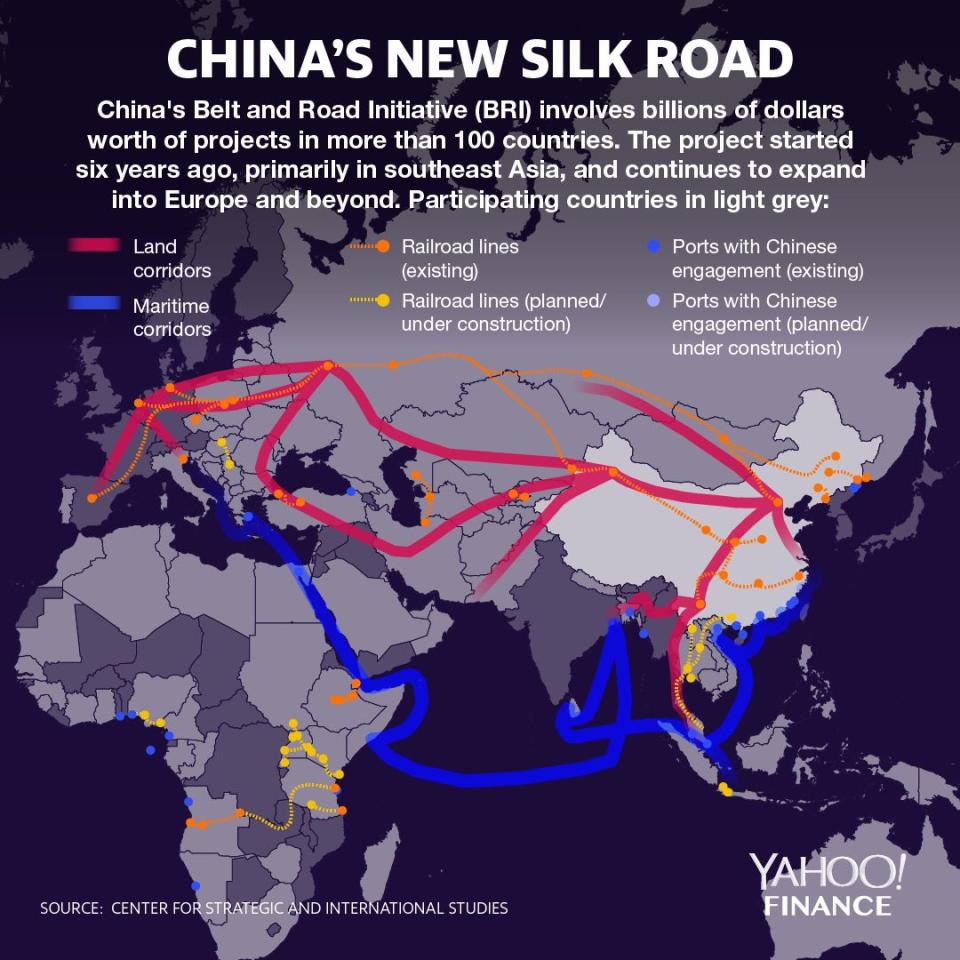
Digitalization helps the CCP reestablish legitimacy
With the original BRI — a colossal project in its own right — China has pushed billions of dollars into various economies in Asia and Europe through opaque loans to expand influence around the world.
The BRI is envisioned as a revival of an ancient trade route between China and Europe, as well as a vehicle to boost economic growth and re-establish legitimacy among its people.
“The CCP’s legitimacy rests heavily on economic performance; stagnating or even declining growth poses a serious risk to its grip on power,” the MERICS researchers wrote.
As a result, digitalization was considered one of the best ways forward to “upgrading China from the ‘workshop of the world’ into a high-tech leader with globally attractive innovative products and services, and modernized manufacturing processes,” they added.
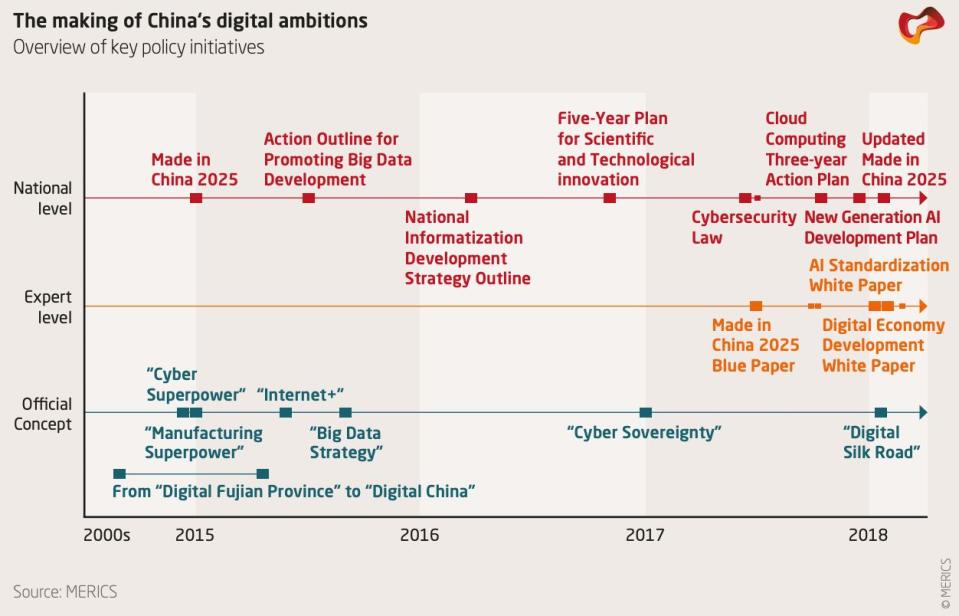
Digital Silk Road as a national security threat
But China’s goals aren’t singularly focused and that economic growth isn’t the only objective, argue experts.
The MERICS researchers say that China’s digital ambitions “combine economic goals with broader normative and security aims.”
The U.S. government also sees Digital Silk Road projects — like the Chinese and Russian tag team that’s building up cable networks connecting Asia and Europe overland to bypass “U.S.-controlled data routes,” according to MERICS, or undersea cables laid out or upgraded by Chinese company Huawei— as a national security threat.
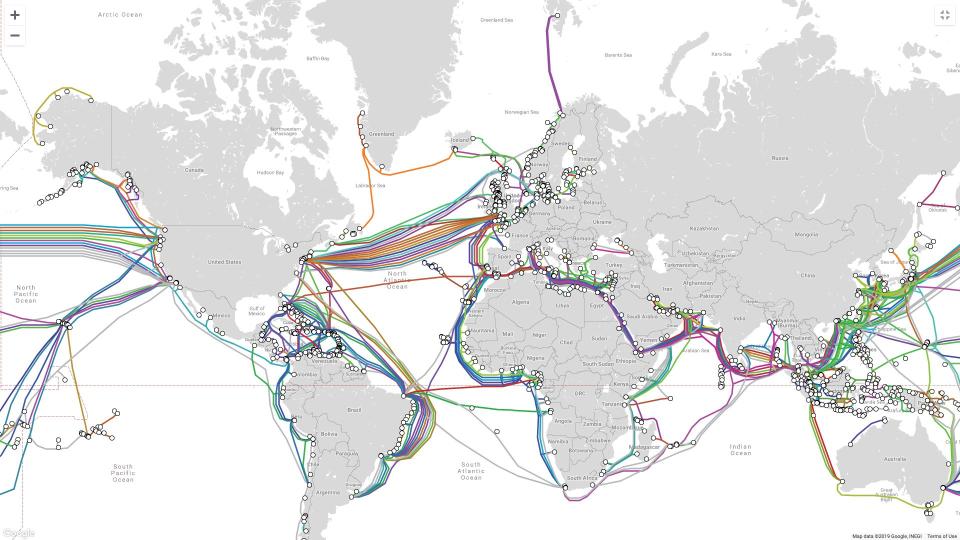
With 95% of intercontinental voice and data traffic ferried around by undersea cables, it’s no surprise that they’re a vital artery — and a backbone of the internet — to many countries, and a security risk if compromised.
And one report by cybersecurity firm FireEye claims security compromises have already occurred, detailing in a report that Belt and Road connected countries have already been targeted by a “China-nexus state sponsored actor.”
A group called APT40 “has conducted operations since at least 2013 in support of China’s naval modernization effort,” the report explained. “The group has specifically targeted engineering, transportation, and the defense industry, especially where these sectors overlap with maritime technologies.”
Countries that have been targeted were “strategically important to the Belt and Road Initiative,” such as Cambodia, Belgium, Germany, Hong Kong, Philippines, Malaysia, Norway, Saudi Arabia, Switzerland, the United States, and the United Kingdom.
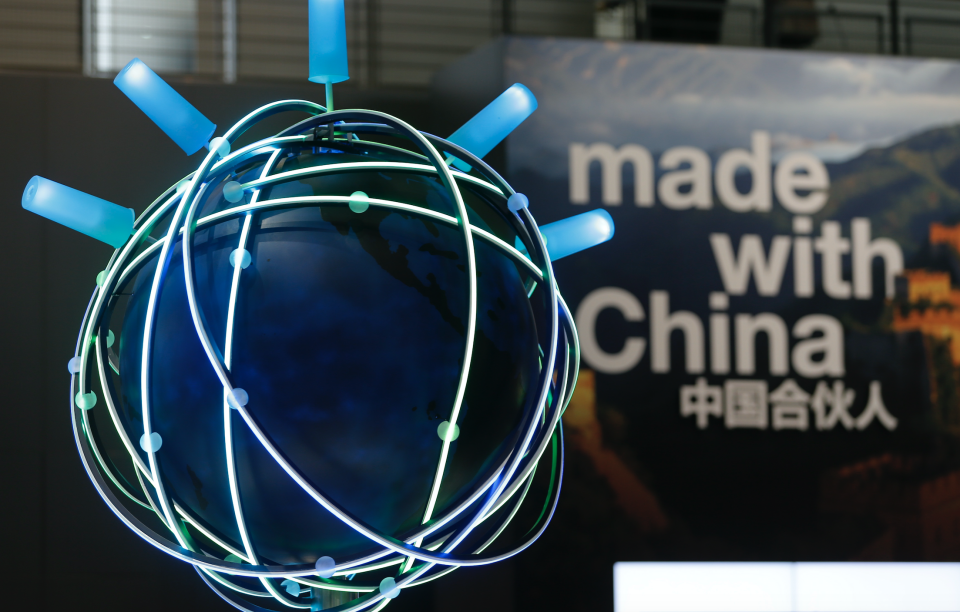
Digital Silk Road is a ‘mindset’
The Chinese don’t share the same assessment of the Digital Silk Road as their Western counterparts.
Winston Wenyan Ma, former Managing Director of the China Investment Corporation, China’s Sovereign Wealth Fund, told Yahoo Finance that the Digital Silk Road is not a policy per se but more of a “mindset.”
“Think of ‘Digital Silk Road’ as a mindset — global connectivity and digital ecosystem is a lot broader than building up digital infrastructures,” said Ma. “Because of the traditional Belt and Road, naturally people will think the Digital Silk Road is about the infrastructure as well, except in the digital context… The 5G networks, or the telecom towers, these these sort of things are the digital infrastructures, just like the ports, railways and reservoirs in Africa, in Eurasia. But that’s only the surface of it.”
Because “in the cyberspace, getting connected has a lot richer, and more extensive meaning,” Ma explained. “For example, if you build a bridge in a remote part of Africa, it probably helps the region and local community a lot. But when people are connected to the internet and becoming familiar with mobile payments, they become part of the global e-commerce platform, and they can access to foreign media and contents... they can do a lot more things with people far away from their own region.”
Ma also pointed to the example of how smartphone brands in India were inspired by the “success story of Xiaomi,” as one great example of the Digital Silk Road.
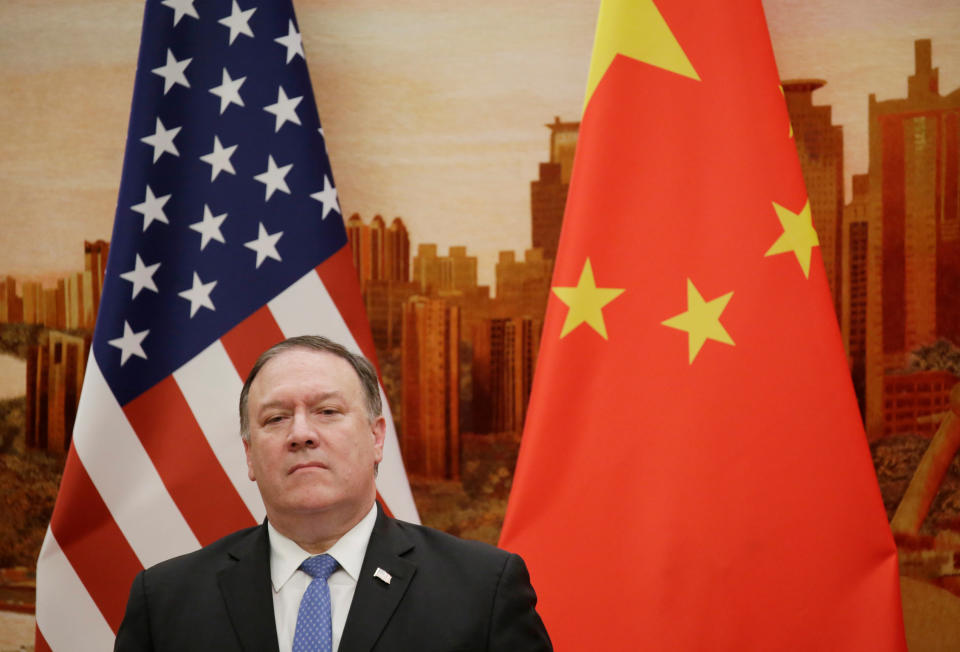
‘Pendulum may be moving too far in the opposite direction’ over Huawei concerns
And while the Digital Silk Road’s development gets less attention than the infrastructure aspects of the BRI project, the digital project is on Washington’s radar.
“Unlike other components of the BRI that the Chinese government has aggressively encouraged through policy and financing, Beijing’s role to date in supporting the [Digital Silk Road] has been blurrier and more low-key,” Elsa Kania, an adjunct fellow at the Center for a New American Security, told Yahoo Finance in an interview.
“Instead, China’s global push into the global digital economy has largely been driven by its national tech champions Huawei, ZTE, Alibaba, and Tencent, who have been able to deliver high-quality products at low cost, partially due to Chinese government support.”
But the resulting flare-up over Huawei — including U.S. President Donald Trump calling the company “very dangerous” and putting it on a blacklist in May — suggests that the reaction has been a little too extreme, said Kania.
“What we've seen in the past couple of years in DC is a course correction and the direction of U.S. policy towards China that perhaps in some respects was long overdue, but for which the pendulum may be moving too far in the opposite direction.”
—
Aarthi is a reporter for Yahoo Finance. Follow her on Twitter @aarthiswami.
Read more:
Ex-WH economist: China’s New Silk Road is a 'threat to the existing system'
EU on the New Silk Road: China is both a 'partner' and a 'systemic rival'
The new Silk Road is China's 'second pillar of legitimacy' — and Europe is starting to buy in
Read the latest financial and business news from Yahoo Finance
Follow Yahoo Finance on Twitter, Facebook, Instagram, Flipboard, SmartNews, LinkedIn, YouTube, and reddit.
